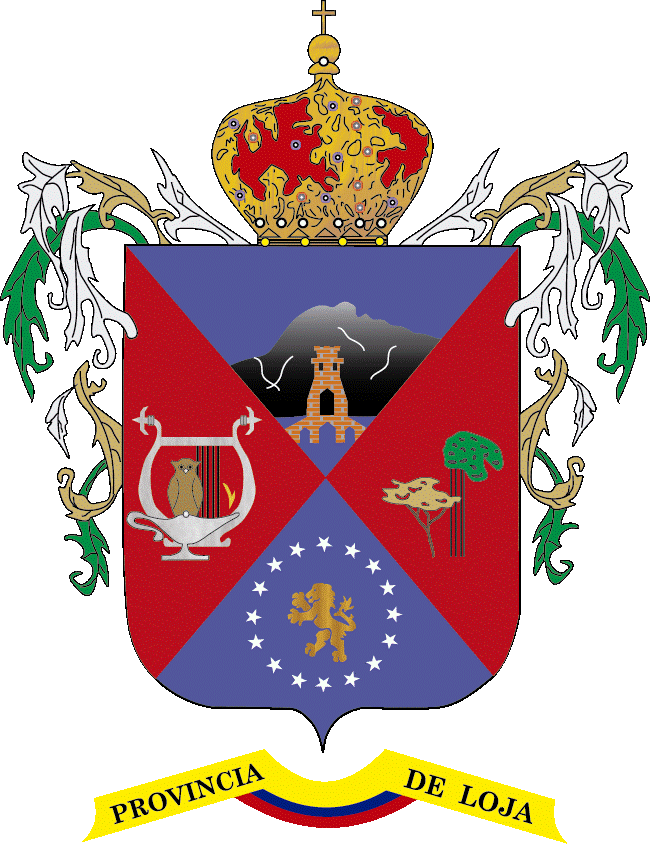Gbif:Animalia Gbif
1321010677 G. Cherrie 1921-08-31
Alamor
Gbif:Animalia Gbif
1318911835 G. Cherrie 1921-08-23
Alamor
Gbif:Animalia Gbif
863417170 David W. Norton 1965-08-23
Ecuador, Loja, Puyango, 10 Km N of Celica, -4.01229 -79.95665, 1900 - 1900m
Gbif:Animalia Gbif
863417163 David W. Norton
Ecuador, Loja, Puyango, 10 Km N of Celica, -4.01229 -79.95665, 1900 - 1900m
Gbif:Animalia Gbif
863417151 David W. Norton 1965-08-21
Ecuador, Loja, Puyango, 10 Km N of Celica, -4.01229 -79.95665, 1900 - 1900m
Gbif:Animalia Gbif
863417147 David W. Norton 1965-08-23
Ecuador, Loja, Puyango, 10 Km N of Celica, -4.01229 -79.95665, 1900 - 1900m
Gbif:AnimaliaObsGbif
2054238750 obsr805473 2017-04-14
Ecuador, Loja, Puyango, Puyango Mercadillo - -4,0106x-79,9379 - 14 abr. 2017 19:29, -4.01058 -79.93794
Gbif:AnimaliaObsGbif
4664942533 obsr1941022 2023-10-01
Ecuador, Loja, Saraguro, Vía sin nombre, Loja, EC (-3.597, -79.472), -3.596753 -79.47244
Gbif:AnimaliaObsGbif
3280131549 obsr1673121 2020-02-19
Ecuador, Loja, Chaguarpamba, Gramalote, -3.911405 -79.66924
Gbif:AnimaliaObsGbif
2075326506 obsr805473 2017-08-17
Ecuador, Loja, Puyango, EC-Loja-Puyango - -Basurero 4,0087x-79,9906 - 17 ago. 2017 07:07, -4.008675 -79.990585
Gbif:AnimaliaObsGbif
3548231700 obsr948123 2021-07-31
Ecuador, Loja, Saraguro, Via a Chacacapak, Zaruma EC-El Oro -3.61678, -79.48354, -3.61678 -79.48354
Gbif:AnimaliaObsGbif
3640325338 obsr919817 2021-07-31
Ecuador, Loja, Saraguro, Via a Chacacapak, Zaruma EC-El Oro -3.61678, -79.48354, -3.61678 -79.48354
Gbif:AnimaliaObsGbif
3031775882 Peter Hollinger 2016-02-13
Ecuador, Loja, Olmedo, -3.911747 -79.58888
